Macramé and crochet are both fiber arts that create decorative pieces for both indoor and outdoor use. These pieces can be worn as clothing, especially when made with crochet. They can also be used for interior designing and craft making.
The finished products of macramé and crochet look very similar and are sometimes used interchangeably.
However, macramé and crochet both differ in their creation process. Crochet is made using tools such as crochet hooks, while macramé is primarily made without the use of tools.
If you are wondering whether to use crochet or macramé for your next project, stick around. You will find your answers in this article.
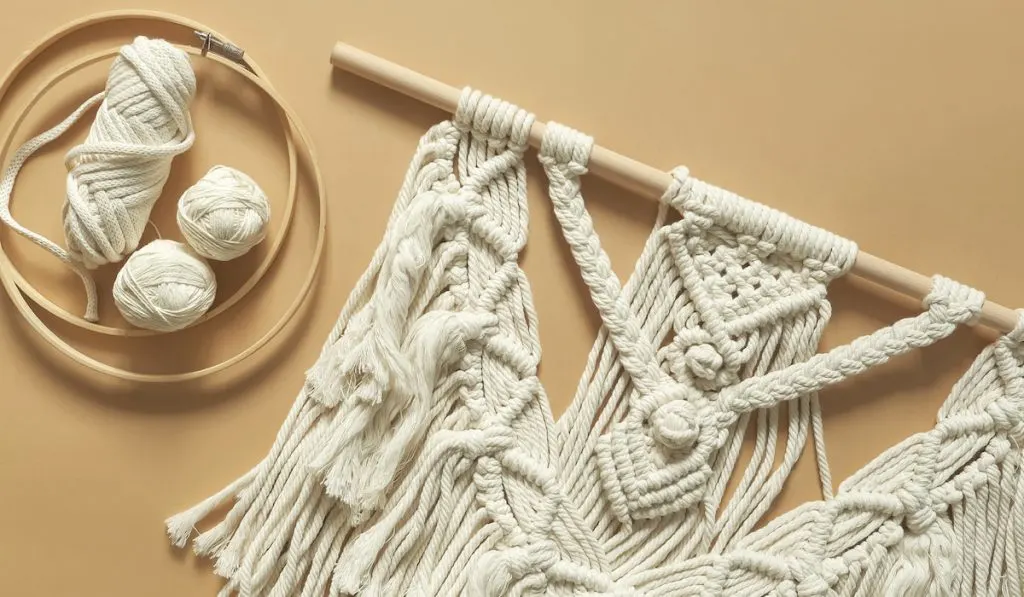
What is Macramé?
Macramé, which was at its peak in popularity in the 13th century, seems to be making a comeback. Macramé is a crafting technique that was first used by sailors and artisans. Arabic artisans began the technique by tying different ropes together as a leisure activity.
Macramé is a method that is carried out by using ropes, cords, or thick threads to make knots. These knots are usually made with bare hands. The knots form different shapes and patterns depending on the crafter’s creativity.
It gained popularity in America and Europe in the 1960s. Some items created with macramé include hammocks, plant hangers, window coverings, lampshades, etc.
Macramé can be made using jute, twine, yarn, hemp, leather, hanging rings, wooden beads, etc.
What is Crochet?
Crochet is a bit more common in the modern-day world, largely due to its wide range of uses. There is a high probability that you come across an item made from crochet every single day. It is almost everywhere and used to make many things.
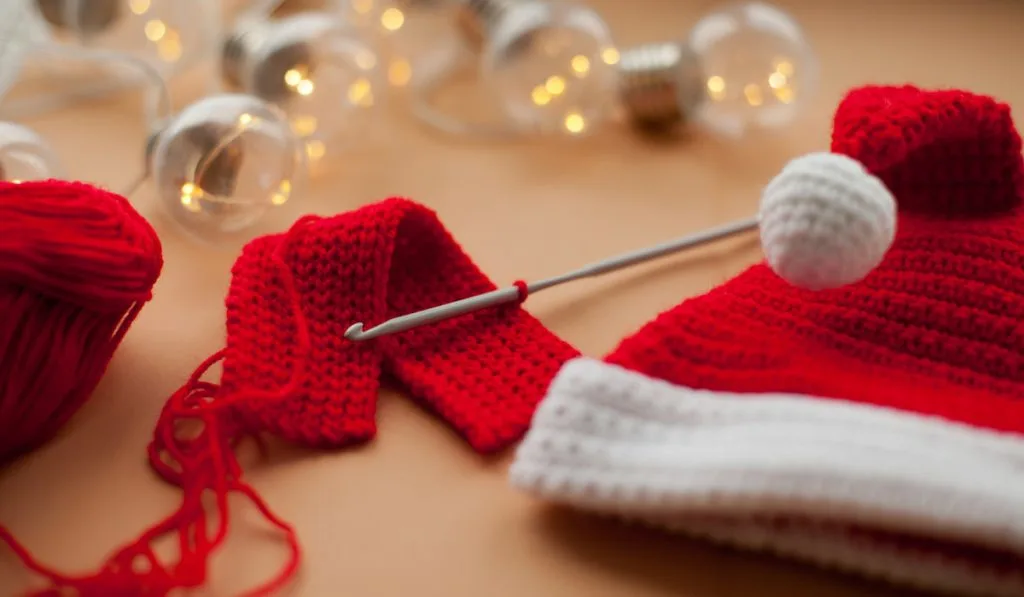
Crochet as a word first appeared in 1823 in a Dutch magazine. It is a loop-like construction of threads to form different pieces. Crochet is a technique where yarns and threads are interwoven with the aid of a crochet hook into various designs ranging from accessories to full outfits.
Crochet happens to be of different types such as Straight crochet, Half-double crochet, Double crochet, and Treble crochet.
Yarns and hooks are the main materials used in making crochet.
Differences Between Macramé and Crochet
1. Macramé vs. Crochet: Process
The major difference in the process of making both macramé and crochet is in the tools used.
While macramé is carried out solely with the materials and by hand, crochet requires specialized tools to carry out, which may add to its technicality. This may not seem like a huge distinction, but the difference is in their finished products.
However, the final pieces of macramé and crochet are very beautiful and the choice of which to use will depend on your skill and preference.
Crochet is mostly preferred due to its versatile properties, while some people swear by the uniqueness of macramé.
2. Macramé vs. Crochet: Tools
As already established, crochet can be made using crochet hooks while macramé is made using bare hands.
However, some complex macramé designs require the use of complex tools. Such tools include the dowel rod which is used when making wall hangers. The dowel rod forms the base of the wall hanger.
Wooden rings are also essential tools used in macramé. Wooden rings are used when making plant hangers. Strong scissors are also required when making macramé as it may be challenging to use regular scissors to cut through the macramé material.
Macramé can be carried out with bare hands, but only for simple and basic designs. Complex designs will require the use of specific tools.
3. Macramé vs. Crochet: Materials
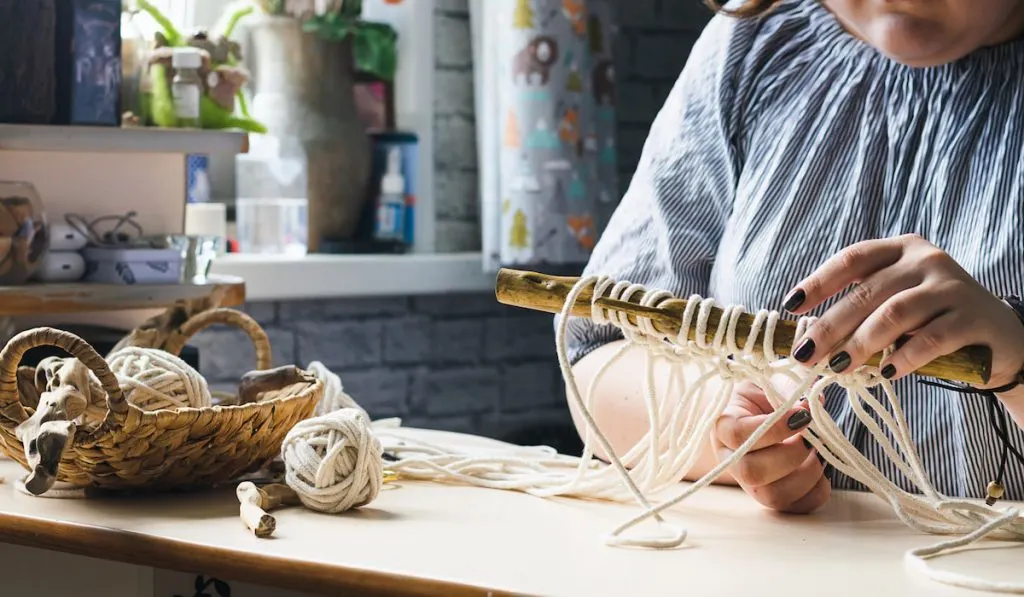
When choosing between macramé and crochet, one of the things you have to put into utmost consideration is the type of materials to use.
There are specific materials that have to be used for your macramé to come out flawless. Macramé requires the use of thick materials, which is why hands are used. The thickness makes it difficult to use a hook or a pin.
The materials used for macramé also have to be of high quality to ensure durability. These materials include wool and cotton rope. Nylon is sometimes used also.
On the other hand, the crochet materials are quite simple as a ball of yarn or knitting wool will do the trick. Yarns are different fibers wound or twisted together for textile construction. A ball of yarn and your crochet hook are basically the main materials needed for making your crochet.
Crochet yarn can also be used to make macramé, but macramé materials cannot be used to make crochet due to their thickness.
4. Macramé vs. Crochet: Skill
Like every other craft that exists in the world, skill is required to make flawless pieces of either macramé or crochet. Different skill level is required to make macramé and crochet. The use of crochet hooks may make crocheting look daunting, but once you manage to learn it, it’s usually a smooth ride from there.
The difference between the skill needed for either technique depends largely on the level of your craftsmanship. Usually, if you make a mistake or an error when doing macramé, it is easier to retrace your steps and undo your mistakes. This is largely because the thickness of the rope makes it easy to loosen and undo.
However, mistakes and errors in crochet can be almost impossible to rectify especially if you have gone a long way before you notice it. The only way to get rid of the mistakes will be to start from scratch. So, crochet requires extreme cautiousness and a high level of skill when creating pieces.

How to Macramé
Making macramé can serve as a leisure activity or as a group activity for teenagers, older people, and anyone who takes an interest in it. It can also be a D-I-Y project if you are trying to pick up a new skill. Here is a rundown of how to make macramé pieces.
Tools needed
- Macramé cord. This is the main material of your macramé piece. It can be a cord, yarn, or rope made from cotton, jute, or any other strong material.
- Support. As we cannot start making knots in thin air, you will need something to tie your knots to. You can use materials like dowel rods, hoops, or even tree branches.
- Scissors. For cutting.
Process
- First, create a Lark’s head knot by folding your cord into two halves. Place your loop over your support. Pull the loop up and put the cord down to form your first knot. The knot should sit firmly and tight on the support. Repeat process for different cords on the same support.
- Create your Reverse Lark’s knot. This is the reverse of step one. Here, the bump is hidden at the back of the knot. The only difference is the loop is placed under the support instead of above it as in step 1.
- From here, you can continue to make your projects by using different kinds of knots. The most commonly used knot is the square knot. Square knots are made with 4 different cords which are used for carrying out the whole project. Two of the cords are known as working knots while the other two are the filler cords. Working cords are the main cords used to make the knots while filler cords are the cords you wrap your knots around.
- Continue passing the working cords over the filler cords till you get your desired shape.

Making Crochet
The art of crocheting or knitting is quite easy once you get the hang of using the crochet hook. There are many things you can crochet. You can make items for both yourself and your home.
Here is a simple method of making crochet.
Tools needed
- Crochet hook. They usually come in different sizes. They also differ in the material they are made of. An aluminium hook of size 1-9 will work.
- Yarn. A ball of yarn of any color of your choice.
Process
- Hold your crochet hook properly. Place it between your thumb and index finger. Let the hook extend out of the index finger, with the thumb below the index.
- Wound the yarn strand through your non-dominant hand loosely. Pass the yarn under your middle and third finger and over your index finger.
- Tie the end of the yarn on your crochet hook. Make it firm on the hook.
- The first thing for every beginner is to create a straight chain stitch. Place the yarn on the hook part of the crochet hook and pull inwards to form a second knot aside from the one you tied in step 1.
- Repeat step 4 for however long you want. This depends on the project you’re making. Don’t worry if you’re not getting it at first. Practice makes perfect.
- When you achieve your desired length, you start crocheting on top of the straight stitch you already made. This forms a second step and increases the width of the crochet.
- Repeat step 6 above until you achieve your pattern or complete your project.
Uses of Macramé
There are various things macramé can be used for. They are mostly household-related and include:
- Wall hangers. These are the most common examples of macramé pieces and is easily fashioned.
- Plant hanger. This is very easy to make and can serve as a first project for every beginner.
- A macramé purse. Why not? You can make a macramé purse for your outdoor intimate meetings like a picnic, or a trip to the beach. Do be careful though, as the holes in the purse do not make them good carriers of anything small.
- A hammock. Any house is incomplete without having a hammock on the patio or in the backyard. A macramé hammock is sturdy and durable. You can never go wrong with a macramé hammock.
- Jewelery. Shocker, right? Make bold fashion statements by creating jewellery such as earrings, bracelets, etc. with macramé. This can be a pastime or bonding exercise with your family or friends.
- Throw pillows. You can add a sprinkle of the macramé touch to the interior of your living room by adding a macramé throw pillow.
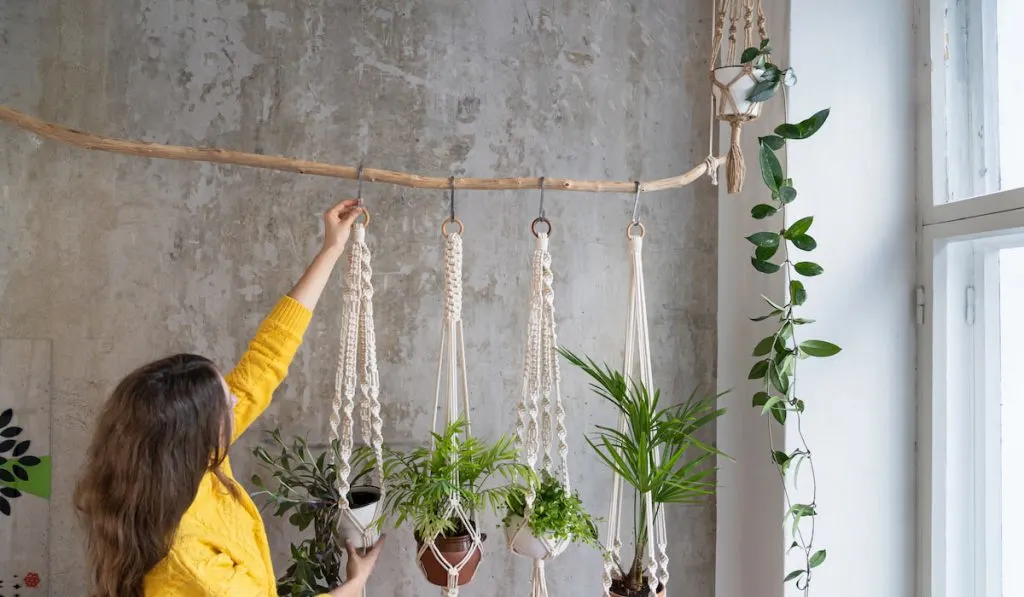
Uses of Crochet
The popularity of crochet increases daily as more people are finding unique things to make from crochet. You can experiment with different amazing colors, styles, and patterns. Here are a few examples of crochet ideas you can try:
- Scarves and cowls. Crochet scarves are very common during the winter and in cold places. They are fairly easy to make and do not require too much technical knitting knowledge.
- Blankets. Large blankets can also be made from crochet. They are also not as complicated as knitting sweaters, but they require a lot of time to make because of their large size.
- Sweaters. There are a million and one sweaters made from crochet out there. The thickness of the sweater makes it perfect for the winter period as it keeps body heat in and the outdoor chills out.
- Beanies.
- Baby hat. There is nothing cuter than seeing a baby in a knitted cap. You can carry out this project for your baby or as a gift for your friend who just had a child. Remember, blue yarn for boys and pink for girls.
- Socks.
How to Care For Your Crochet and Macramé
There’s nothing like a bad stain to ruin the look of your crochet or macramé. These pieces need extra care and maintenance and should not be handled like regular fabric. Here are some ways to maintain them and increase their durability.
- Washing. Smaller items like socks, plant hangers, jewelery, should be washed once every two weeks. This will help get rid of dirt and minor stains and return your designs to their original look.
Bigger items like hammocks, wall hangers, throw pillows, sweaters, etc should be washed monthly. Before washing your macramé, always use a bristle brush to lightly dislodge dust particles.
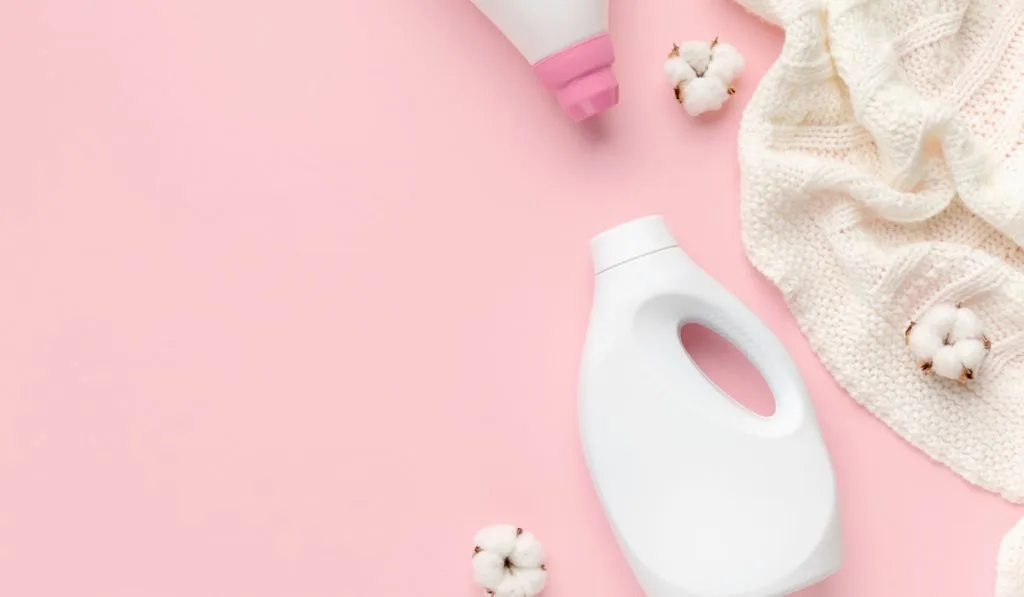
Use only mild soap when washing, and let your washing machine be placed on gentle or delicate. Hand wash your crochet or macramé pieces if they seem too fragile. Using washing machines to wash them will stretch them out and may ruin them.
After washing them, rinse with lukewarm water and dry flat for over 24 hours to avoid any damp smell. Do not wring them.
- Avoid using bleach. I know it’s tempting to want to use bleach to fight off stubborn stains but do not do it. Bleach will strip your pieces of their color and weaken the integrity of the material thereby drastically reducing its durability.
- No sunlight. Do not put your pieces under direct sunlight as the intensity of the sun can cause them to lose their color and fade off.
- If your macramé piece is a floor piece, do not vacuum. Always handle gently and lightly dust off dirt or dust.
- Do not use an iron on your piece. You can use a cloth steamer if you have to.
- Snip off any stray strands that may have found their way out of the crochet or macramé.
Macrame and crochet are both great techniques in making decorative art from yarn and cotton. The major difference between both is in the kind of tools that they need. You can use macramé to make wall hangers, plant holders, a hammock, etc, while you can use crochet to make beanies, hats, scarves, and more.
The kind of technique to use will be dependent on what you’re aiming for and the kind of project you want to embark on.
Resources
- https://sarahmaker.com/how-to-crochet/
- https://www.thesprucecrafts.com/basic-macrame-knots-4176636
- https://marymakerstudio.com.au/blogs/free-macrame-rainbow-pattern/how-to-get-the-perfect-fringe-on-your-macrame
- https://www.thespruce.com/how-to-care-for-crochet-blankets-2146311
- https://themacrameman.com.au/how-do-you-keep-macrame-clean/
- https://themacrameman.com.au/whats-the-difference-between-macrame-crochet/
- https://www.reference.com/world-view/crochet-macrame-1f5622e1a08af824
- https://www.interweave.com/article/crochet/macrame-for-beginners-and-beyond/
